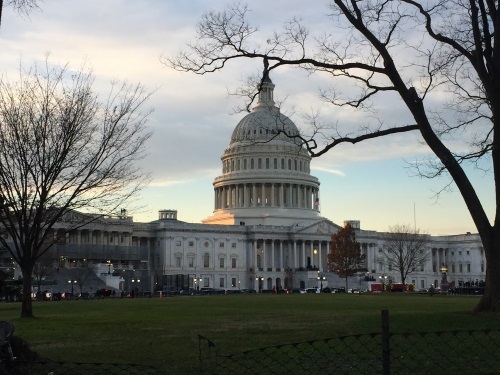In a 51-47 vote on October 7, the U.S. Senate confirmed a block of 107 Trump administration nominees for a wide array of federal agencies – including four key transportation positions.
[Above photo by AASHTO]
The Senate-confirmed transportation nominees included David Fink as administrator of the Federal Railroad Administration; Derek Barrs as administrator of the Federal Motor Carrier Safety Administration; Michael Rutherford as assistant secretary of multimodal freight infrastructure & policy for the U.S. Department of Transportation; and Gregory Zerzan as USDOT general counsel.
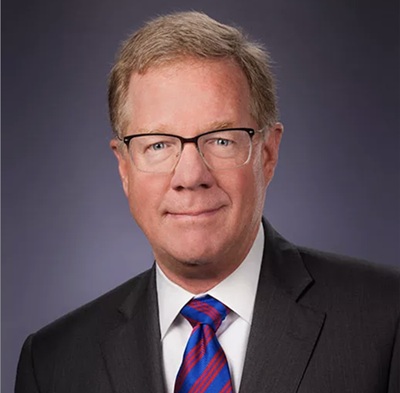
Fink, a 45-year rail industry veteran originally nominated in January to lead FRA, is the former president of Pan Am Railways. He is the son of the late David Andrew Fink, who worked for the Pennsylvania Railroad and Penn Central before serving as president of Guilford Transportation, later rebranded as Pan Am Railways.
Fink began his career with General Motors in the 1980s and became Pan Am Railways president in 2006 after serving as executive vice president. He remained president through Pan Am’s acquisition by CSX Transportation; a deal announced in 2020 and approved in April 2022.
At his confirmation hearing in May before the Senate Committee on Commerce, Transportation, and Science, Fink said that not only would he retain a “critical focus” on FRA’s primary “safety first” mission, but he would also examine the need to refresh government regulations, innovating where possible and removing burdensome and outdated roadblocks.
“Much technology is ready to be deployed and I look forward to ensuring FRA is a partner in advancing safety innovations and not a hinderance,” Fink said in his testimony at that hearing. “One of my first jobs will be to get this safety technology out in the field, working to make the rail system even safer.”
He also believes the agency’s Consolidated Rail Infrastructure and Safety Improvements or CRISI program offers “support critical rail safety projects,” adding that “I can also imagine there is room for improvement in the way FRA selects and delivers taxpayer funded projects.”
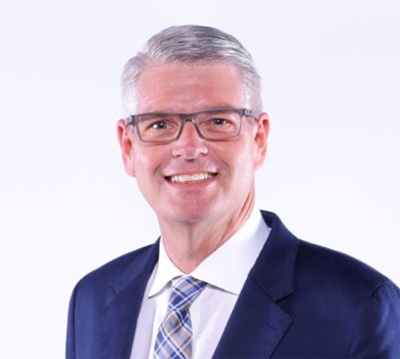
Barrs – who spent nearly 25 years of his three-decade career in law enforcement dedicated to commercial motor vehicle safety and enforcement – noted in his testimony at that same confirmation hearing that he would be “committed to ensuring that agency decisions are informed, balanced, and transparent.”
Barrs – who retired in 2020 as chief of the Florida Highway Patrol – added that he would also seek to strengthen relationships between government and stakeholders to further “our shared goal of improving roadway safety, as well as addressing other critical safety issues.”
Meanwhile, Rutherford will lead an office that was originally conceived in the 2020 National Freight Strategic Plan and later created by Congress in 2021.
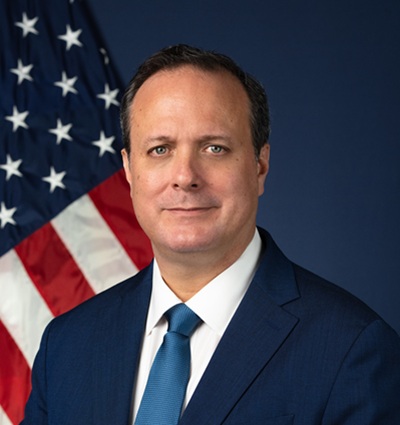
As assistant secretary of multimodal freight infrastructure & policy, Rutherford will be responsible for developing national freight policy and data-sharing initiatives in collaboration with industry, transportation, and state and local partners. He will also oversee all freight-related grant programs, research efforts, and lead working groups across USDOT, including efforts related to tackling the problem of cargo theft.
Rutherford’s freight industry experience includes working for the consumer goods division at Johnson & Johnson and Adidas in Europe before joining CSX’s intermodal division in 2008. While at CSX, he also participated in several strategic initiatives such as the National Gateway infrastructure project: launching the UMAX interline container program in partnership with Union Pacific, championing 50-foot boxcar reinvestments, and assisting customers during the rollout of Precision Scheduled Railroading.
“Industry has long lamented the fact that ‘freight doesn’t vote.’ [That is why] the introduction of the Freight Office [at USDOT] was hailed as finally giving a voice to freight,” he explained at his confirmation hearing in July before the Senate commerce committee.
“While much has been accomplished, still much more is expected,” Rutherford said. “The mission of the Freight Office goes well beyond simply creating ease-of-doing business by establishing a primary – though not sole – point of contact for all things freight-related. Ad hoc coordination must make way for a more systematic and holistic approach to freight planning throughout USDOT, while partnering with state DOTs and across the administration as appropriate.”
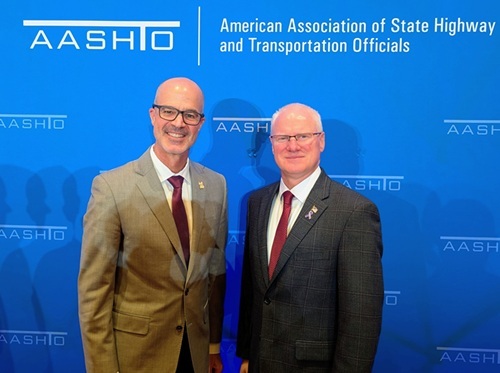 Top Stories
Top Stories
New AASHTO Leadership Elected at 2025 Annual Meeting
November 21, 2025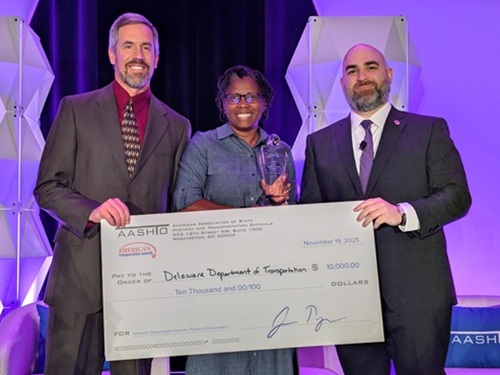 Top Stories
Top Stories
